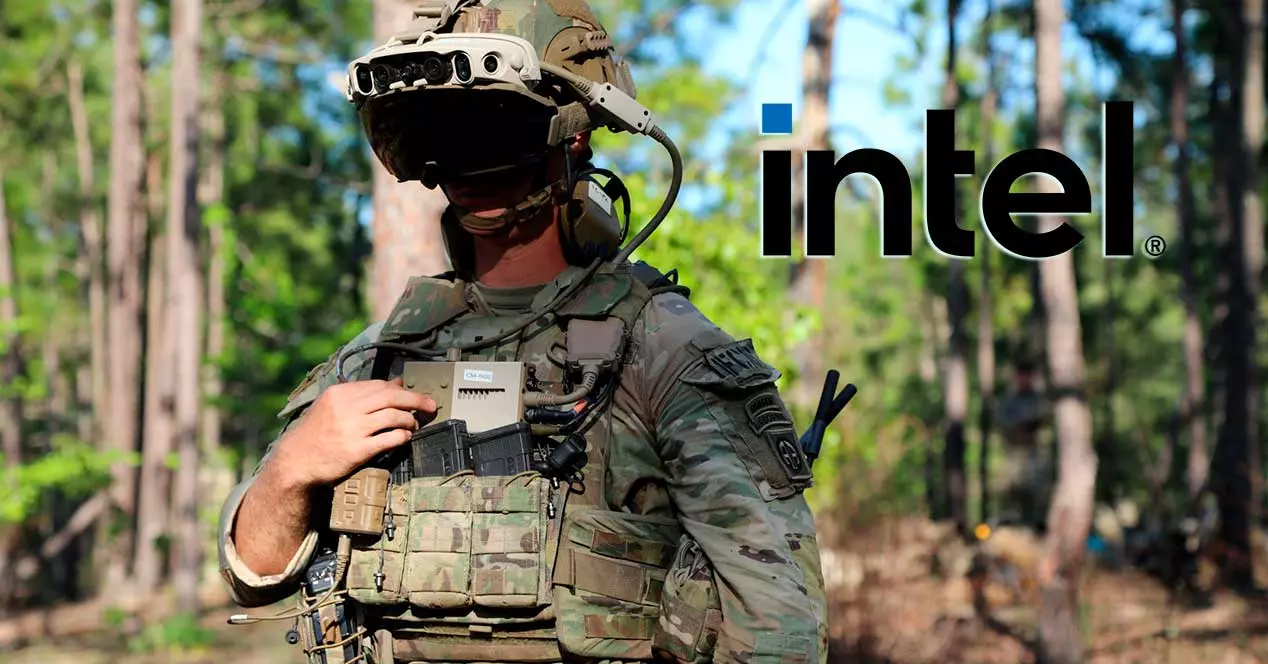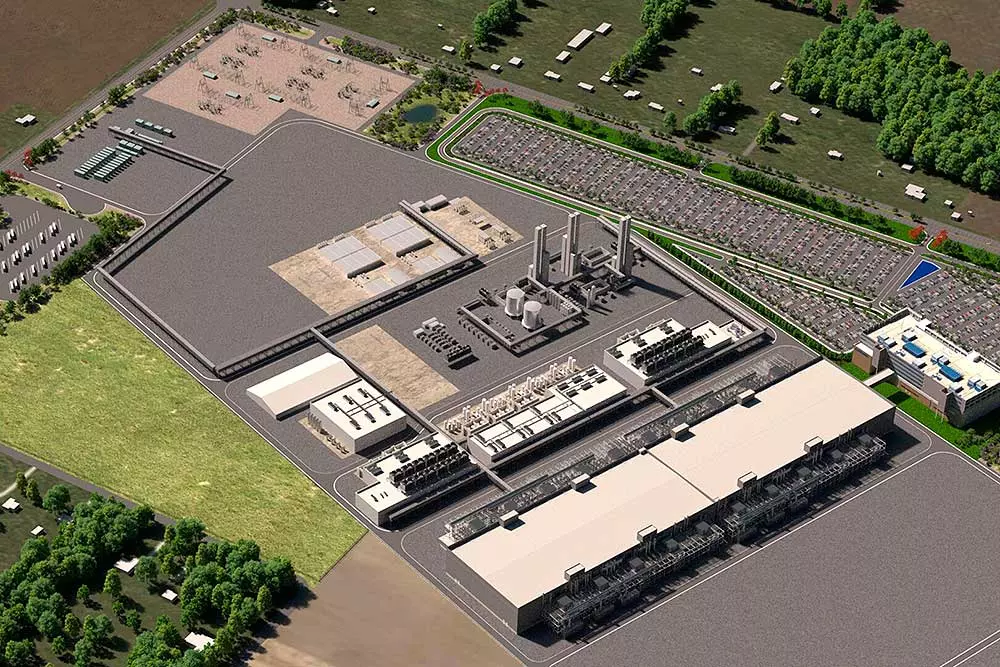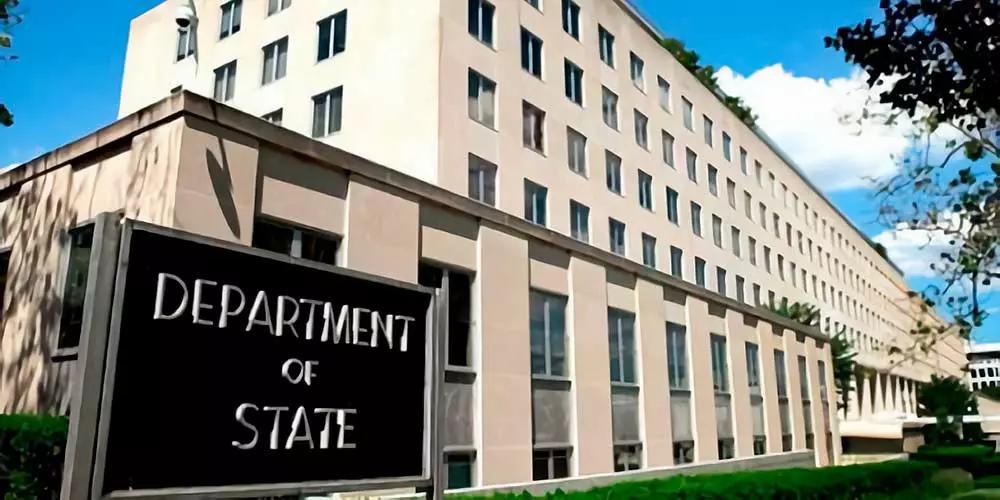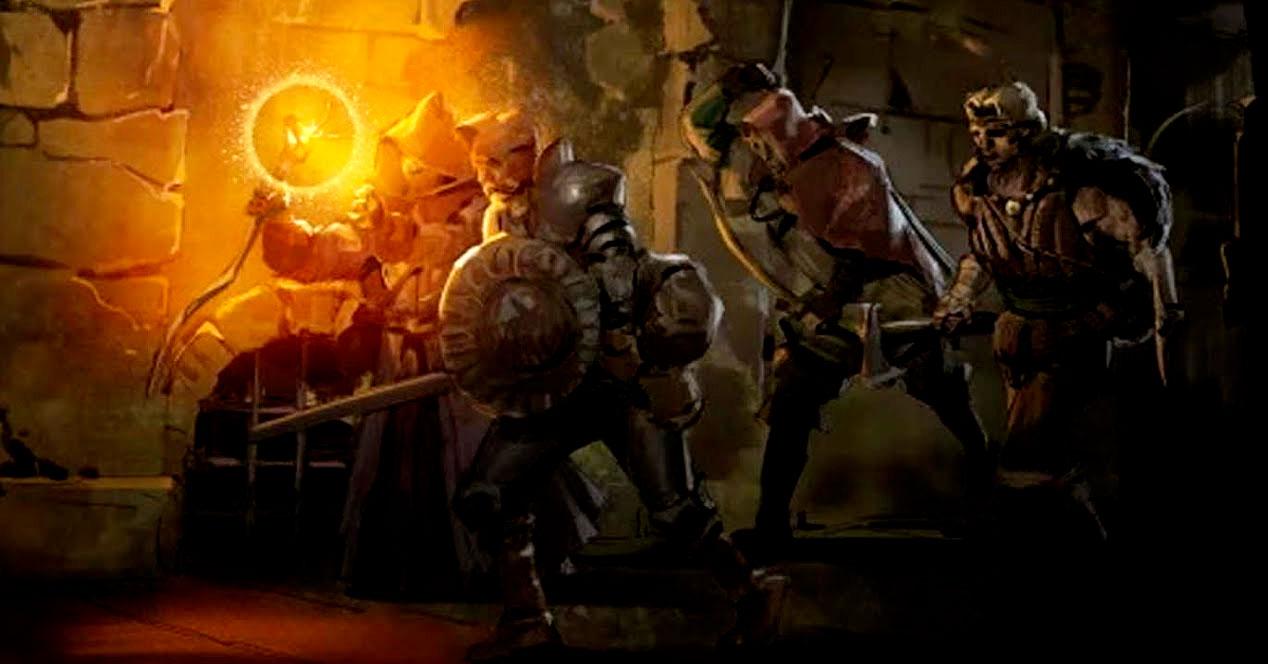
Years behind TSMC and now after a long journey and not without problems, Intel is again (for a short time) ahead. We must look to the future without a doubt, where the fight will be more vertiginous than ever, entering a scenario where we will no longer talk about processors every year, but about complete lithographic processes every 12 or 18 months. A race that the US Army has been able to see, which on the other hand would be preparing for a possible global conflict.
The 20 billion in FAB are already in demand
They have not been built, they are a project on paper and an idea in mind and instead they already have their first buyer, although there are actually three. Of these three, only the army of that country through the so-called RAMP-C defense program has had the courage to send the message about said agreement, but what is it based on? And above all, when?
The change in the nomenclature of Intel’s lithographic processes may have misled us, so we must know that we are in the so-called Intel 7 (previously 10nm). This process does not have EUV in its ranks, which will arrive with Intel 4 next year if everything goes as it should and after which important changes come. The army is not interested in this, which is curious and we assume that they already have the demand covered with another supplier until precisely the year 2025.
The army contract with Intel and its chips
What has been leaked is that the 18A (2025) lithographic process is the one chosen by the defense authorities to give life to new military weapons. Said node will have several improvements, starting with the change of the transistors to RibbonFET instead of FinFET and especially being the first to arrive completely manufactured with the new EUV NA technology with wavelengths of at least 0.55, if not more.
Why does the military choose Intel to manufacture its chips and not TSMC? In the first place because their compatriots, in theory, will be ahead. The Taiwanese will have switched to GAA transistors presumably in the 3nm and the answer to these 18A would be either the 2nm O well 1.8nm In any case, it seems that they will not have enough supply to cover the demand because Intel is going to buy if not all, the largest number of ASML scanners to lead the industry with it.
What is unknown are the hidden projects of military weapons that will be created with these chips, because the reality is that the industry has never needed a high supply to be at the forefront, so we could be facing AI weapons perfectly. This would leave a truly futuristic scenario that we cannot even understand, but where Intel is already making a profit on its commitment to invest in the first place. 20 billion dollars for their FABs in Ohio and are expected to reach 100 billion in 8 years after the extensions. Vertigo numbers without a doubt that we will see between now and 2025.





